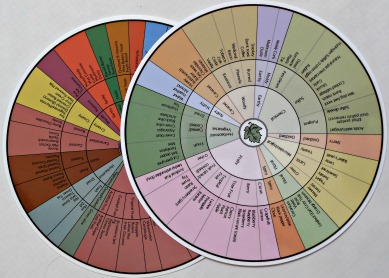Is wine the best chocolate pairing option?

Chocolate pairing with red wine is the thing to have on a Valentine's date, it seems. You can indeed read in popular media that red wine is an aphrodisiac and that chocolate antioxidants provide ammunition to keep your energy for the evening.
From a sensory point of view, chocolate flavors and mouthfeel sensations go well together. Just as wine has its wine aroma wheel to help describe wine perceptions, so does chocolate.
However, is wine the best beverage to pair with chocolate?

As usual, I turned to science to find an answer and found an article published in 2012 by Italian researchers on the topic. The title is: "The hedonic response to chocolate and beverage pairing: A preliminary study" [1].
After reviewing the scientific literature, the researchers did not find any systematic study that attempted to understand people's preferences for chocolate and chocolate pairing with beverages. So they took on the challenge.
How did scientists test the best chocolate pairing?
They selected three types of chocolate based on their coca content (30%, 70%, and 99%), and that was widely available in Italy.
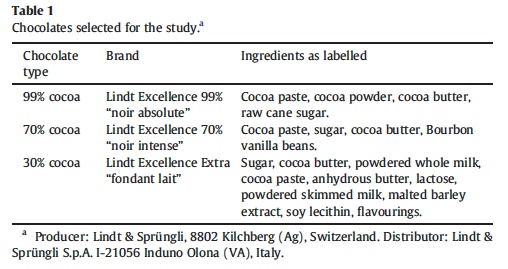
They then selected 18 beverages based on a previous survey asking people to share the drinks they found appropriate for a chocolate pairing.

Finally, they asked 80 frequent chocolate consumers to participate in their study over several days, considering the number of beverage and chocolate pairings to taste (54 pairs, that's a lot!).
This study was an intense process, in three phases, however, necessary to record people's appreciation of each pairing without much bias.
Phase 1: Beverage and Chocolate Evaluations
People tasted a sample of each chocolate and recorded how much they liked it on a scale going from 1 - I dislike it extremely to 9- I like it extremely.
They did the same exercise with the 18 beverages, and in two sessions because tasting 18 samples varying from Mineral water to Whiskey in one sitting is exhausting.
Phase 2: Beverage-Chocolate Pairing Evaluation
People came back nine times to evaluate a total of 54 beverage-chocolate pairs.
The task required of the participants was a bit complicated but doable with the right amount of instructions. Here is how the researchers described the task.
" Consumers were told to take the portion of chocolate served and let it melt on the tongue for 5 seconds. They were then instructed to move the chocolate around their mouths so that the chocolate could coat the oral cavity. A sip of the beverage was then taken and moved around the mouth, and each pair scored on overall liking. ”(Page 706)
People then answered two questions:
- How much do you like this pairing?
- Which flavor is dominant: Chocolate or the beverage?
What were the teachings on beverage and chocolate pairing?
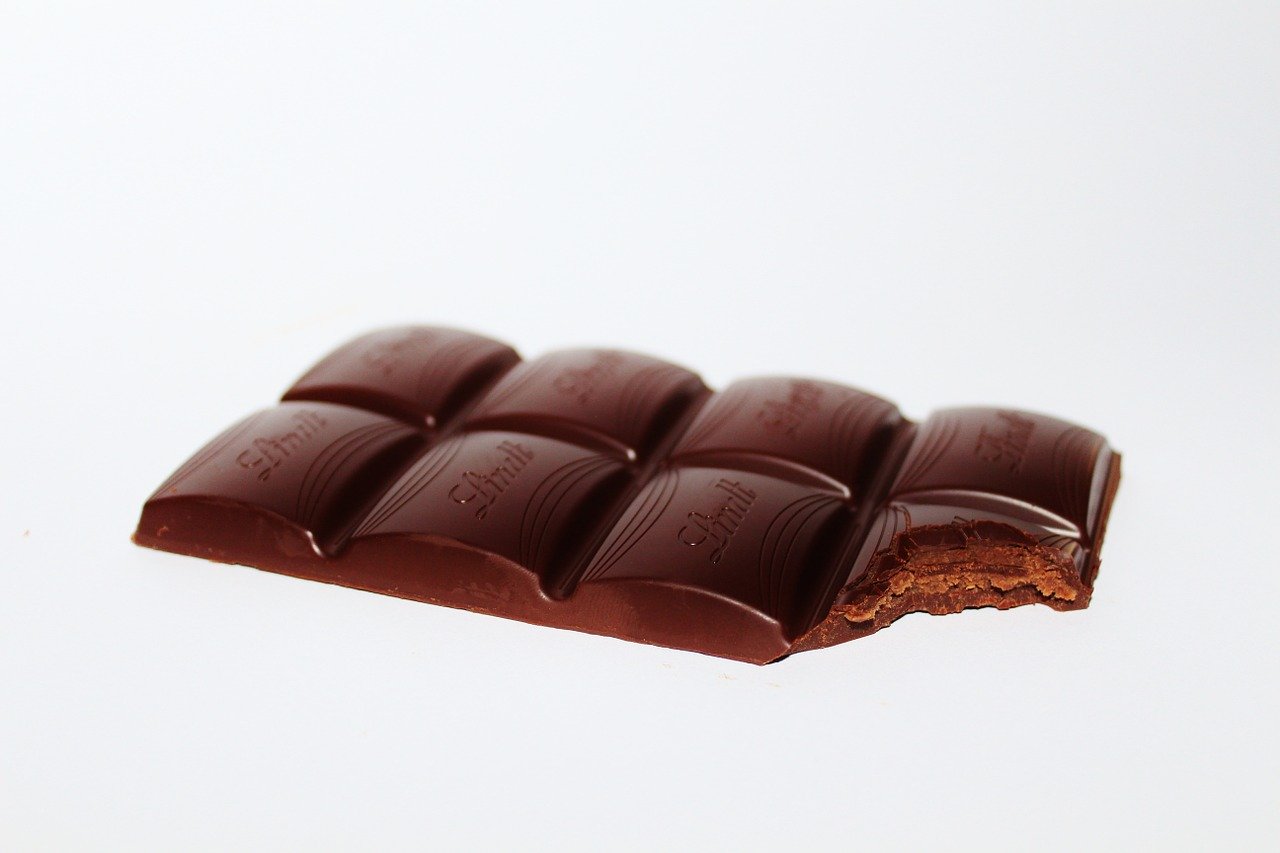
Overall, the 30% and 70% cocoa chocolates paired quite well with most beverages.
In particular, people liked 30% cocoa chocolate paired with the liqueur wine, balsamic vinegar, black tea, Port wine, sparkling wine, Lambrusco wine, coffee, and grappa.
For the 70% cocoa chocolate, balsamic vinegar was the best match. (Remember that the study took place in Italy. Indeed a chocolate pairing I should try.) Liqueur wine, Belgian stout, and sparkling wine, all paired with the 70% cocoa chocolate, but much less than the balsamic vinegar.
The challenge came with the 99% cocoa chocolate. I can expect this chocolate to be extremely bitter and very slow to melt in the mouth as it does not contain much fat or sugar. Balsamic vinegar (again) was the best match.
Balsamic vinegar is sour and viscous and often has sweet aromatics notes. These sensations can balance the bitter taste and dry mouthfeel of the chocolate when both are in the mouth.
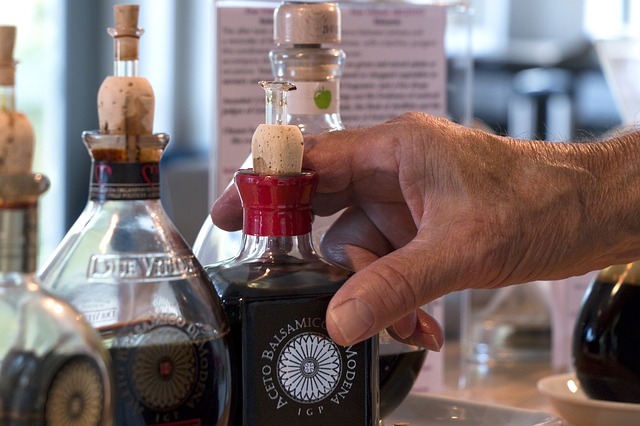
In terms of wine and chocolate pairing ,
Sparkling wine, Lambrusco wine, Sauvignon wine, and the Port wine matched best with the lower cocoa content chocolate. People liked the sparkling wine and 70% cocoa chocolate pairing. As I say often, you are rarely wrong with Sparkling wine and food pairing.
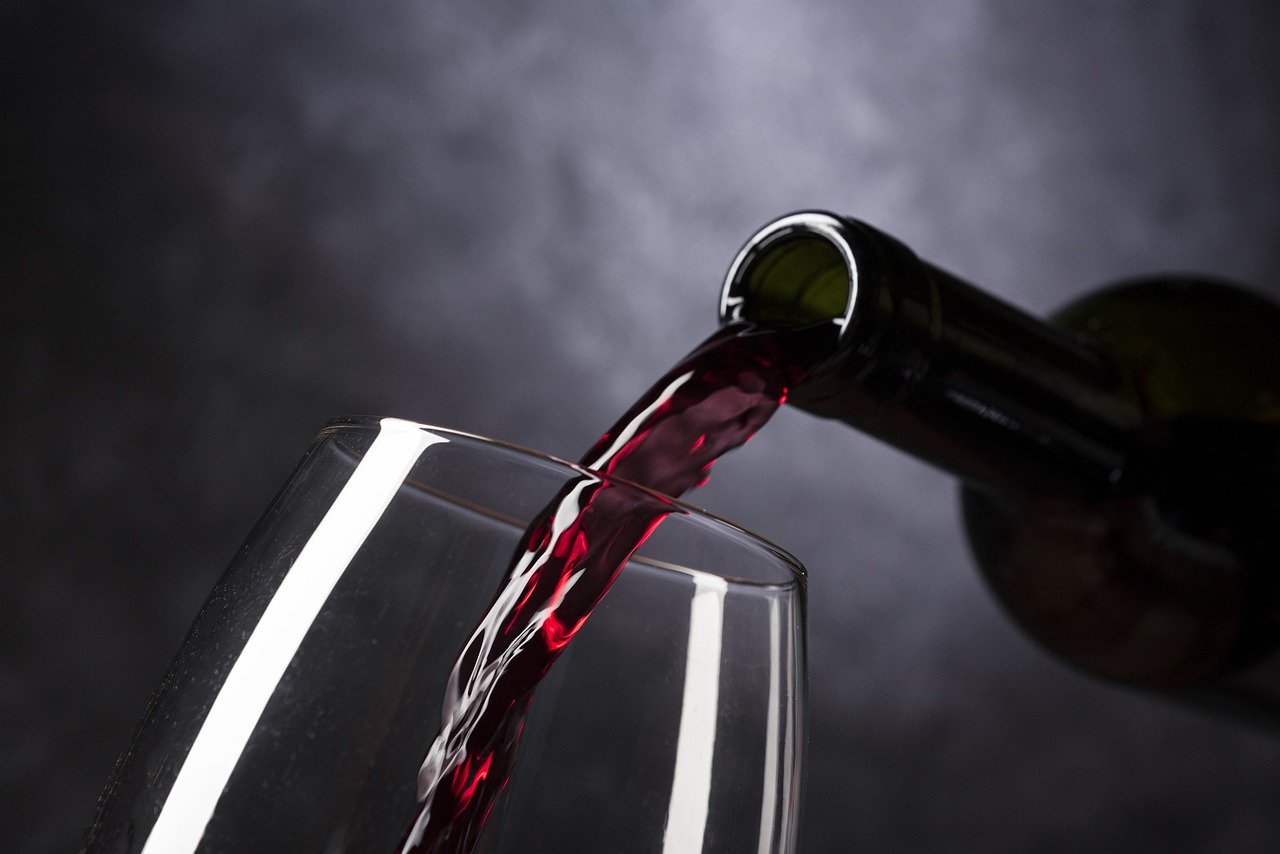
The only red wines, Lambrusco and Port wines, paired better with 30% cocoa chocolate. The sweetness and fattiness of this chocolate can compensate for the dryness and alcohol burning sensations of these two wines.
Overall, balsamic vinegar, coffee, liqueur wine, and Port wines appeared to be the right choice for chocolate pairing in most circumstances.
Another interesting finding to understand wine and chocolate pairing
People liking for a beverage conditioned the love of this beverage-chocolate pairing.
The scientists concluded that " beverage features take a greater supporting role than food in the formulation of consumer pair liking judgment ."
Therefore choosing a wine you like first, and then a food that will not dominate the wine flavors seems to be the best strategy when it comes to wine and food pairing.
The Italian researchers used a rigorous procedure to understand beverage-chocolate pairings. The way people taste the 54 pairs does not represent the way we usually consume chocolate and wine.
However, the teachings provide useful guidance if you rarely practice such food and wine pairing.
Share a picture or a story of a great wine and chocolate flavor match
Please share it
Reference:
Gianluca Donadini, Maria Daria Fumi, Milena Lambri, The hedonic response to chocolate and beverage pairing: A preliminary study , Food Research International, 48, 2, 2012, Pages 703-711, ISSN 0963-9969,
Published February 9, 2020




